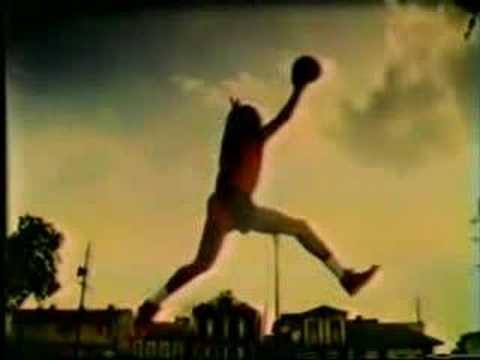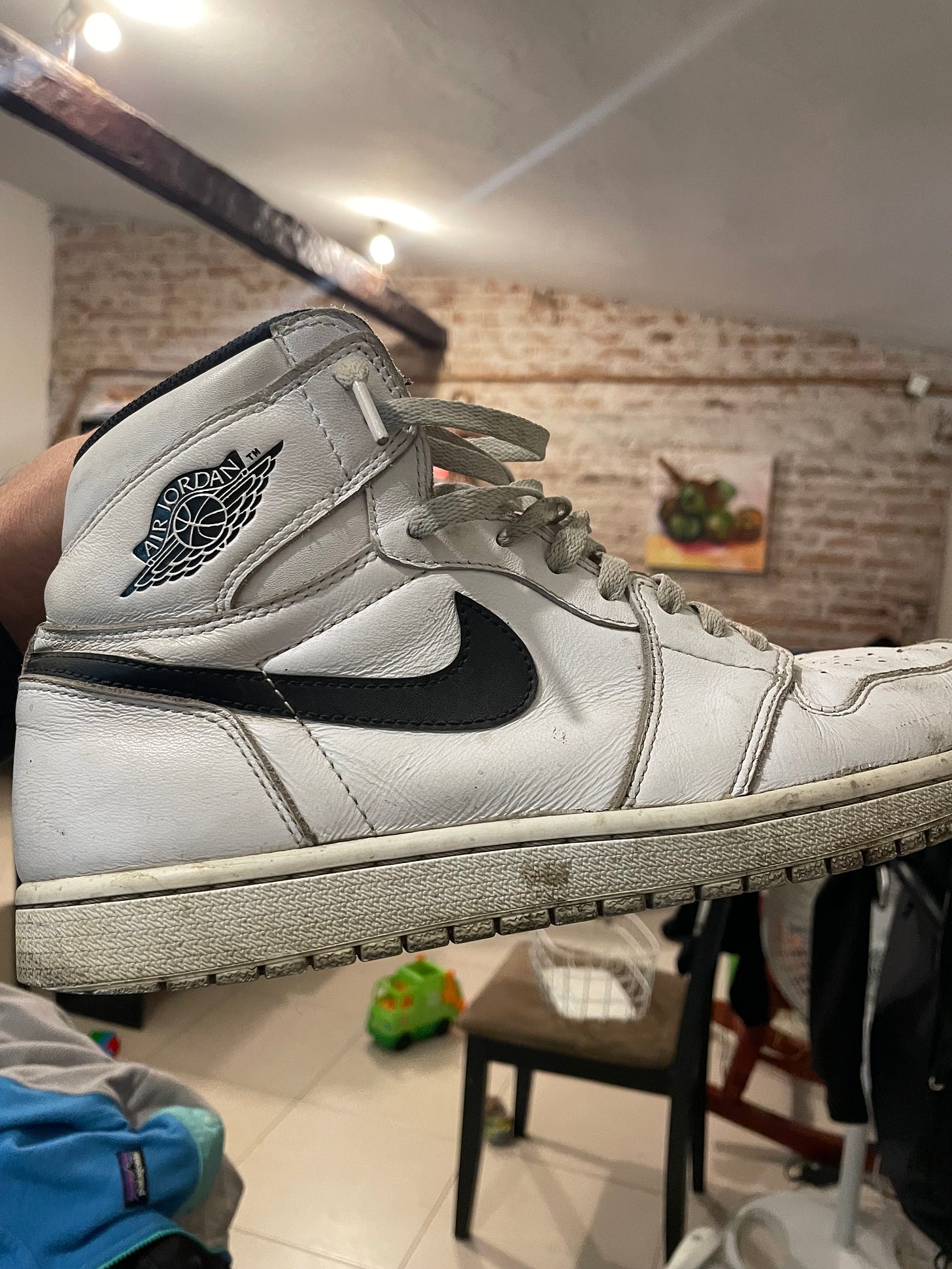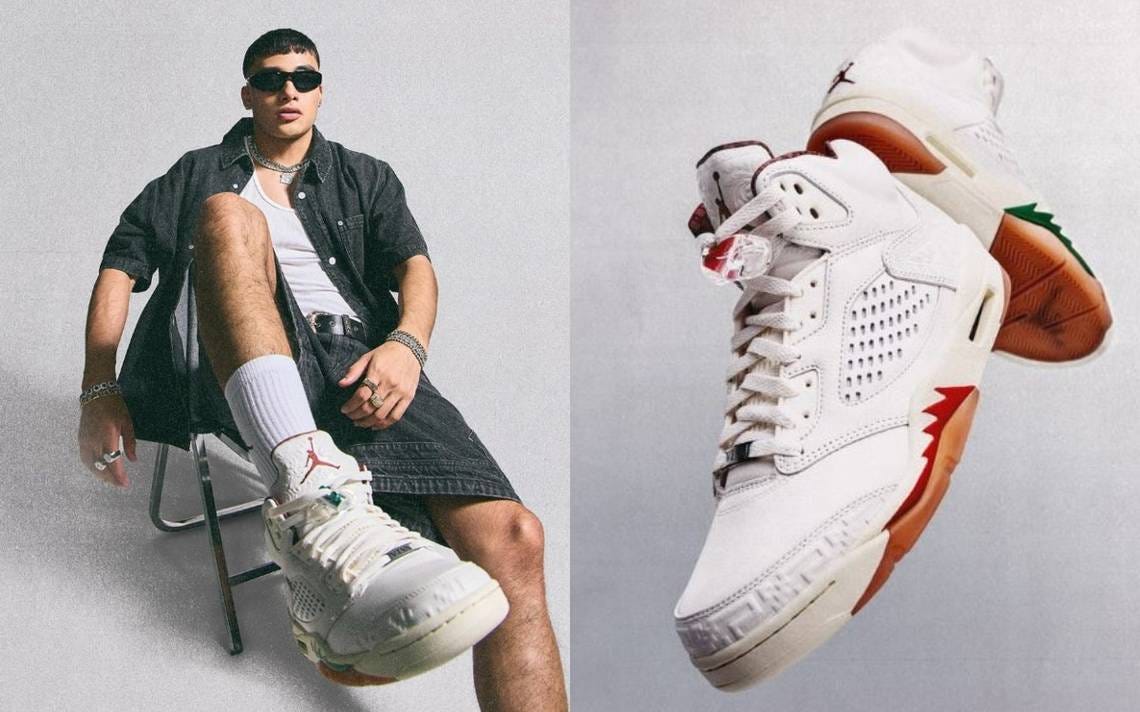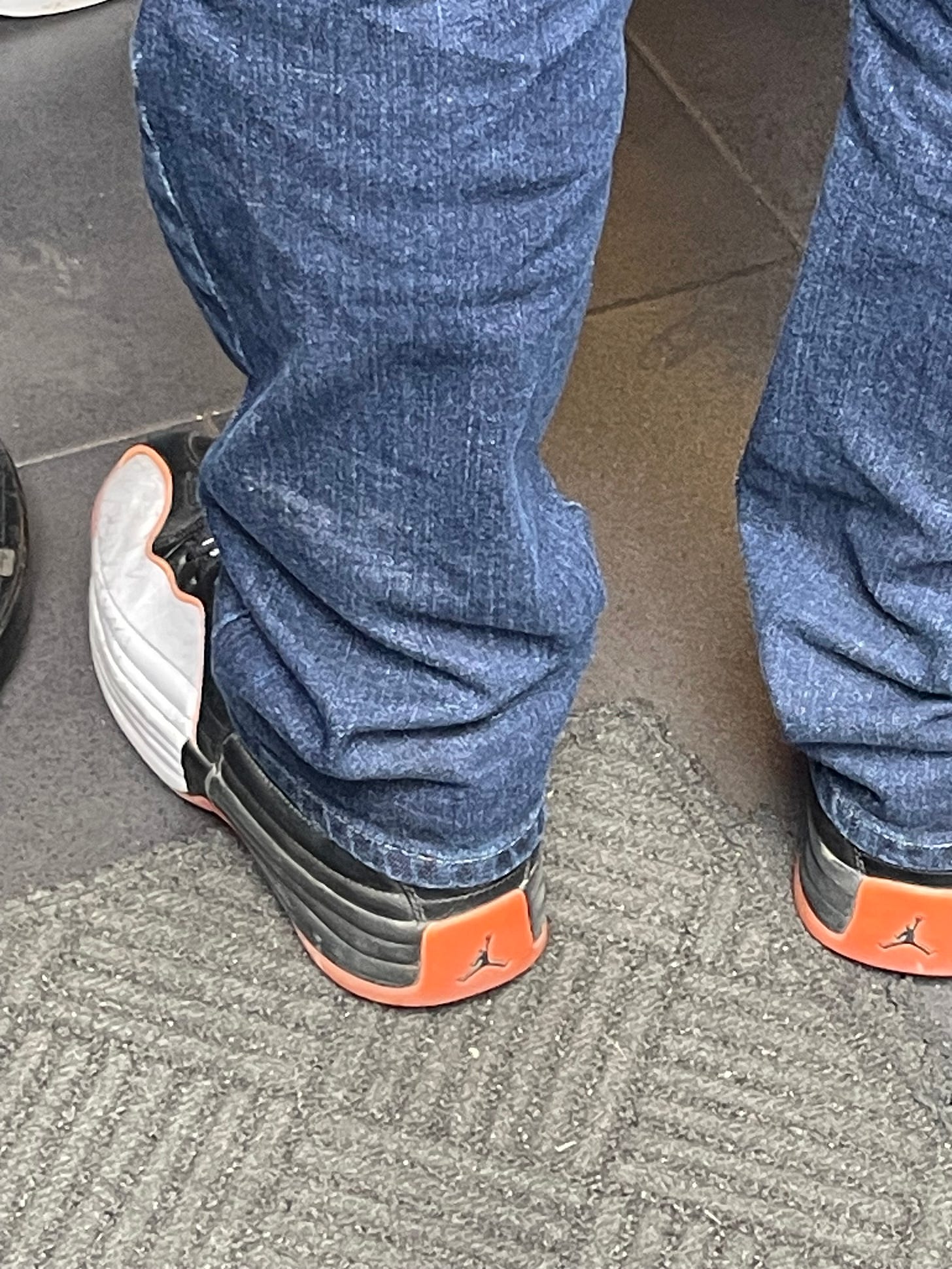The Bootlegged Mythology of Michael Jordan in Latin America
The ever-evolving iterations of Jordan's sneaker legacy, as seen firsthand in Mexico
Forget LeBron James. Kareem Abdul Ja-who? Larry Bird, Magic Johnson, Allen Iverson; never heard of them. Even the wondrous Steph Curry — whose dimension-rifting skills have forever warped the dimensions of basketball physics — barely gets a mention south of the U.S.-Mexico border in the year of our lord 2024.
They’re all superseded by one indomitable force of capitalistic infinitude. Of airborne shamanism. Of an eternally transcendent purity of basketball imagination that arose in 1985 from the nascent stages of the NBA’s global popularity, and has continued soaring into the present day as a high-flying, corporeal silhouette.
For Latin Americans, there is no vertex of American sports eminence as elevated, untouchable, and permanent as Michael “His Airness” Jordan.
Besides Jordan’s former teammate, the radically enigmatic Dennis Rodman — who, to this day, continues to enrapture nostalgic hoop heads from Tijuana to Rio de Janeiro with his singularly electric being, especially after briefly exporting his rebounding talents to Mexico’s Liga Nacional de Baloncesto Profesional — No. 23 is the undisputed roundball GOAT, an archetypal, mainstream celebrity whose sneakers, clothing and universal likeliness continue to retain a chokehold on the general Latin American populace. Today and every day remind me of that.
While talking to an elderly plumber who has been helping me renovate a historic building in southern Mexico, he jokingly asked if I knew Michael Jordan when I told him I’m an NBA fan and journalist from the United States; I imagine it’s the only basketball reference he knows. Before that, a boy, maybe 13 years old, strolled beside me on a narrow cobblestone road in Xalapa, Veracruz, wearing a pair of beat-up, bootleg Jordan 1s. Later on, around the corner in the city’s brimming epicenter, I saw a middle-aged man wearing a burgundy-toned Jordan jersey; another dude rocking faux Jordan 12s; and a Mexican guy on what looked like a date flaunting his pair of inauthentic Jordan 4s.
I was geared up in my white Jordan 1 Ying Yangs that day, and though none of us ever spoke as strangers and we all existed worlds apart, we shared the commonality of our shoes and affinity, which, at least in idea and spirit, were tethered to Jordan’s mythology across generations, social backgrounds and economic levels in that moment.
After launching in 1985, Jordan’s immortal sneakers have flooded the world’s marketplaces, especially in nations like Mexico, where the U.S. dollar is largely unattainable and the demand for knockoffs is resultantly more exorbitant. As the futuristic-sounding 2025 fast approaches, the allure of Jordans hasn’t faded. In fact, in Latin America, Jordans are as coveted as ever. For every unlicensed sneaker shop I’ve seen around town, there is some homage to Air Jordan, be it a mural, a logo, or a wall of noticeably unofficial J’s on display. As much as I appreciate a slick pair of throwback Charles Barkley’s or Penny Hardaway’s, or the modern signature lines from alpha hoopers like Kyrie Irving, Kevin Durant or Damian Lillard, you won’t as easily find any. Why? Because the average consumer here doesn’t seem to care — or even know about — anyone other than Michael Jordan.
There is arguably no athlete or U.S. sports product greater than Michael Jordan in the modern world.
The savvy marketing departments at Nike and Jordan Brand — who have clearly mastered the art of Jedi Mind Tricks on international sneaker heads — deserve credit, too. When the sneaker originally debuted for a young Jordan with the Chicago Bulls in the mid-‘80s, the NBA fined the unestablished rookie $5,000 per game for his bold stylistic choices. At the time, the shoes violated the league’s dress code (players had to wear uniformed shoes with at least 51% black or white tones; the Jordan 1s included too much red). Nike agreed to pay the fines, building up the shoe’s renegade branding, perhaps something that translated well with fans of the day in Latin America and beyond. For many global consumers, especially in Mexico, Jordan Brand continues to represent an en vogue, edgy, powerful choice of footwear — one that evinces the ability to reach one’s goals with a big enough leap.
Just this summer, at the thumping core of Mexico City, the shoe behemoth inaugurated their flagship sneaker store (their largest in Latin America) with a Peso Pluma-soundtracked party and the reveal of the Air Jordan 5 “El Grito.” GQ called the shoe “a supremely clean tribute to Mexican Independence Day.” In more detail, the sneaker’s “off-white leather upper is embossed with geometrical patterns and intricate laser printing invoking the singular architecture of [Mexico’s capital]” with alternating hits of red and green to form the infamous El Tri, the combination of the Mexican flag’s tricolors. Retailed at $210USD, it’s not a purchase that most Mexican consumers can easily afford. I’m certain there are already alternate versions out there in the Latin American wild. (The Mexico City bootleg market is so prolific that there is a tiered pricing system depending on the level of bootleg you want to buy; for example, certain neighborhoods are known to provide the best quality bootleg sneakers that are perceptibly on-brand, whereas you can find cheaper, faker versions in other parts of the city. Once you find your CDMX sneaker plug, they’ll explain it better than I can.)
Who knows how many actual Jordans are out here, but in my rough eyeball estimate of traveling around Latin America over a lifetime, bootlegs must comprise at least half of the kicks I’ve encountered. It’s a contraband art unto itself, with never-before-seen modifications, rare colorways and design mistakes that provide their own idiosyncratic flare.
Whenever I see fake Jordans in Mexico — or any DIY basketball symbolism manifested through the multidimensional nodes of aspirational living that Michael Jordan represents outside of, and often within, the United States — I smile. Long live the bootlegger, a free market loopholer who circumvents the most repugnant elements of the NBA’s capitalistic influence on these roughly paved streets.









This is awesome and kind of funny in a way. I never noticed before the Mexican Jordan fans.